Imagine stepping into a sleek new vehicle, the scent of fresh leather lingering in the air, only to discover an array of buttons, switches, and digital gimmicks that serve little purpose beyond dazzling your eyes. That’s the hidden frustration of Useless Car Features. At first glance, these extras promise luxury, convenience, even prestige. But soon, reality sets in. The retractable cup holder that can’t fit a regular coffee mug. The voice command system that misunderstands every word. The touch-sensitive controls that force your eyes off the road just to adjust the air conditioning. These design flourishes often feel less like innovation and more like obstacles, leaving drivers exasperated rather than impressed.
The real sting? You’ve paid for them. Buried in the sticker price are hundreds, sometimes thousands, of dollars for technology destined to be ignored or cursed under your breath. It’s not just wasted money—it’s wasted trust. But here’s the good news: you don’t have to be duped by hollow novelty. By shining a spotlight on the most notorious Useless Car Features, we can cut through the marketing noise, protect wallets, and focus on what truly makes driving joyful, safe, and effortless.
Heads-Up Display
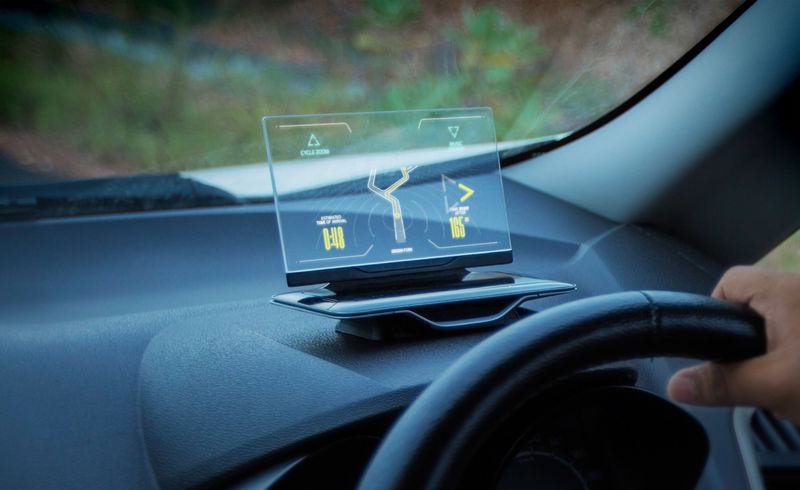
In the bustling maze of urban traffic, the concept of a heads-up display (HUD) in compact vehicles feels more like spectacle than substance. Projecting speed, navigation cues, and alerts onto the windshield may sound futuristic, yet in the cramped confines of city driving, it borders on distraction. When every block is punctuated by stoplights, cyclists weaving through lanes, and pedestrians darting across crosswalks, the need for hyper-clarity outweighs the allure of digital projections. What was engineered to reduce driver distraction can ironically fragment attention, forcing eyes to juggle between the shifting streetscape and glowing graphics.
The irony is that many drivers in smaller city cars rarely reach speeds where such a system adds genuine value. Instead, the HUD becomes a costly embellishment, bundled into trim levels that inflate the price without enhancing the core driving experience. This is why many critics label it a Useless Car Feature—an accessory with limited practicality in environments where awareness of the real world is paramount. Unlike adaptive braking or parking sensors, the HUD offers little to no tangible safety advantage in dense metropolitan corridors. It’s a reminder that not every innovation deserves a place behind the wheel.
Sunroof
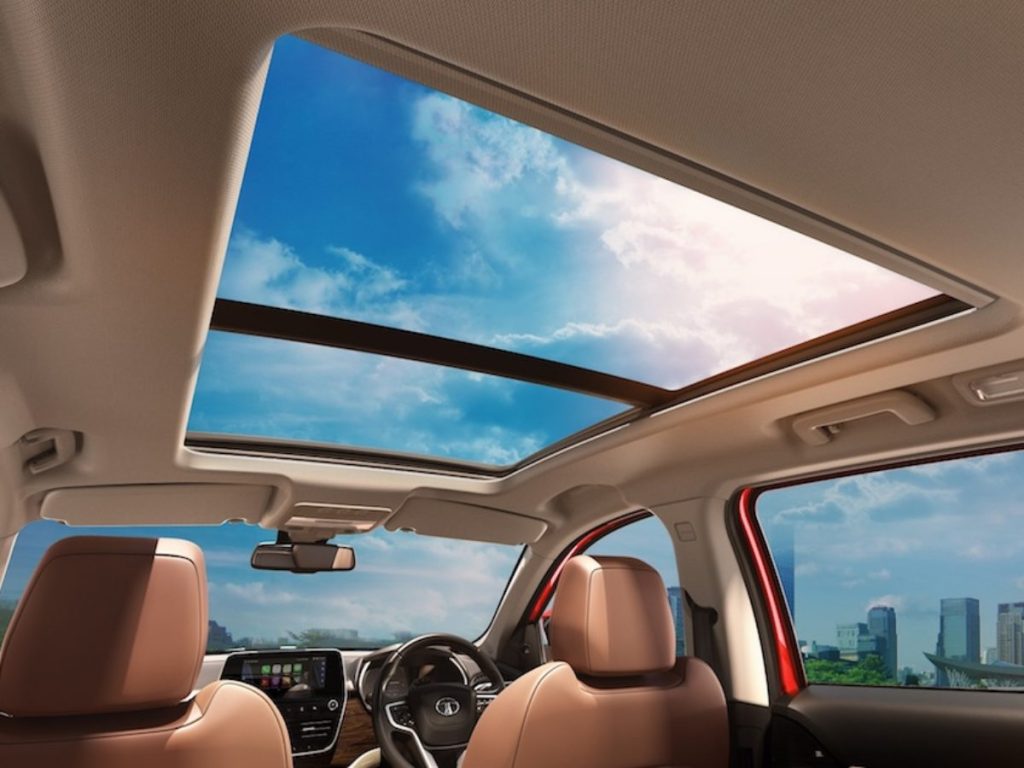
The allure of a sunroof often fades as quickly as the midday heat rises. While marketed as a touch of luxury, this glass portal to the sky frequently transforms into little more than a heat trap. With temperatures soaring well above 40°C in many cities, the idea of sliding open a panel to welcome the blazing sun feels impractical at best, punishing at worst. Instead of fresh air and open-sky romance, what enters is a torrent of dust, humidity, and relentless UV rays.
The reality is that most sunroofs in India remain permanently shut, their purpose reduced to a visual gimmick rather than a functional amenity. The tinted glass does little to repel the harsh sunlight, forcing air-conditioning systems to work overtime, guzzling fuel and sapping efficiency. The promise of scenic drives under starlit skies sounds poetic, but in dense traffic, congested streets, and polluted skylines, that fantasy rarely materializes. For many car owners, the sunroof becomes a textbook case of a Useless Car Feature—an indulgence that adds to the price tag without adding value. It stands as a reminder that automotive features should adapt to climate and culture, not just to global trends.
G-Force Indicator
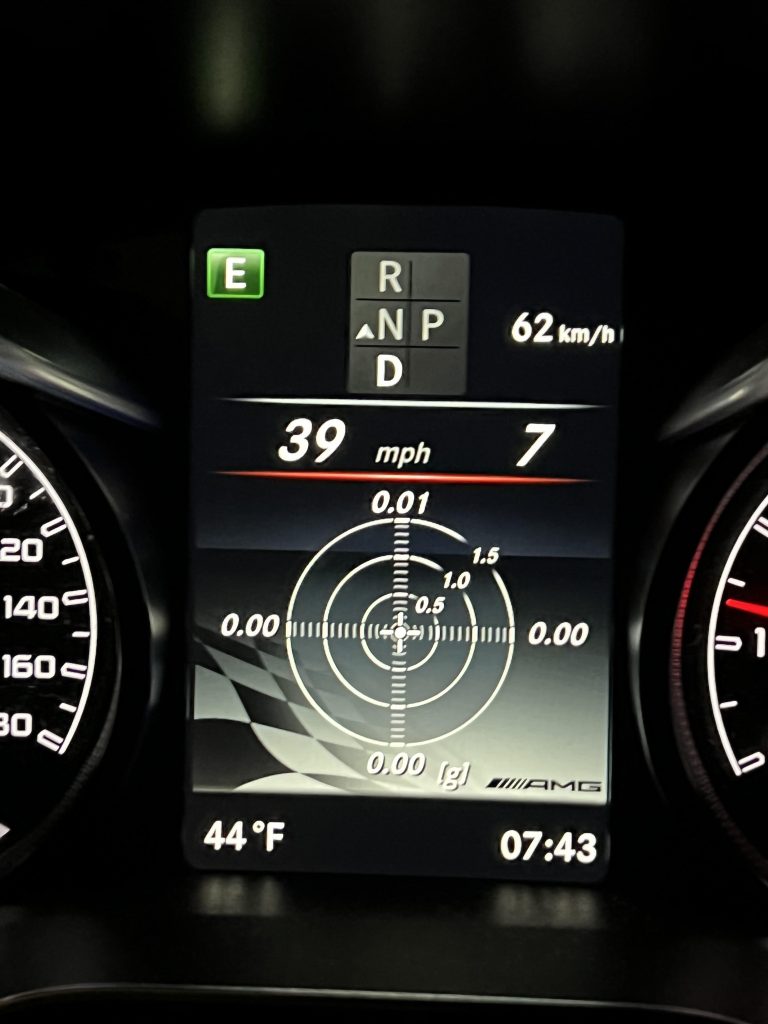
The G-Force indicator is one of those dashboard novelties that feels thrilling in theory but hollow in practice. Borrowed from the world of high-performance racing, it measures the lateral and longitudinal forces acting on a car during acceleration, braking, or sharp cornering. In the controlled chaos of city roads or the monotony of highway commutes, though, its presence borders on absurd. How often does an everyday driver truly need to know whether their turn pulled 0.3g or 0.5g? The answer, almost never.
Instead of offering meaningful utility, the display often serves as little more than digital decoration—an animated dial that entertains for a few minutes before becoming background noise. For enthusiasts, it might provide bragging rights on the occasional spirited drive. For everyone else, it’s simply another Useless Car Feature, consuming screen space that could be devoted to more practical information like fuel economy or tire pressure. Worse still, its inclusion nudges up the overall cost of the vehicle, forcing buyers to subsidize a gadget they will rarely, if ever, use. The G-Force indicator is proof that not every racing-inspired feature translates to everyday roads—sometimes, it’s just an indulgence masquerading as innovation.
No-Physical Button
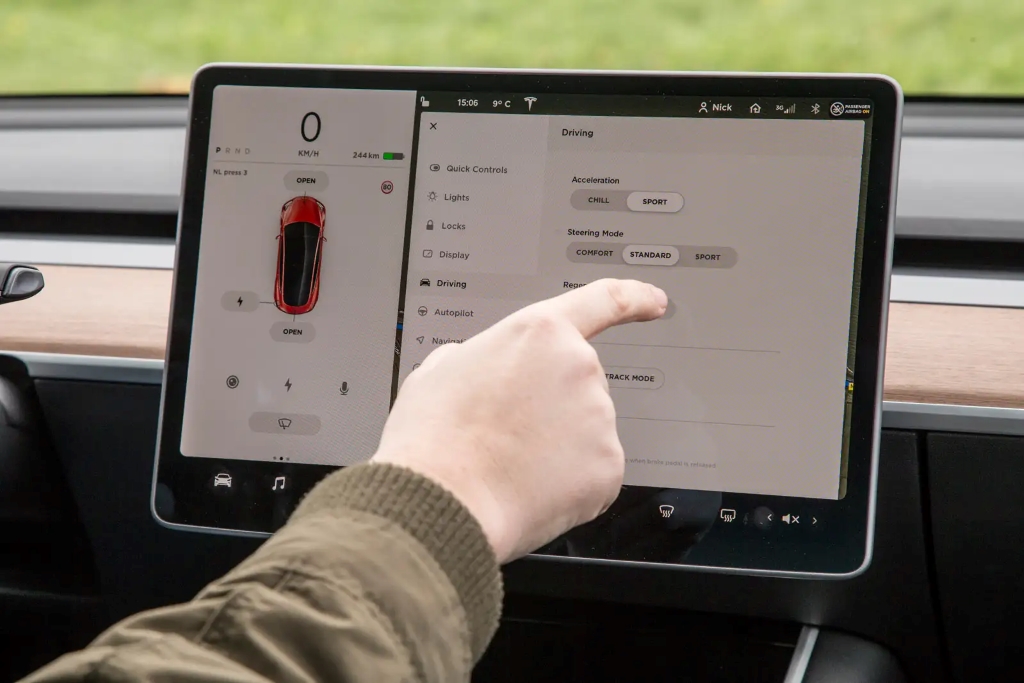
The disappearance of physical buttons in modern cars is often marketed as sleek minimalism, yet in reality it teeters on the edge of danger. Climate control settings buried within touchscreen menus force drivers to peel their eyes from the road, fumbling through digital layers just to adjust the temperature. What once took a split-second twist of a dial now demands unnecessary attention, increasing the risk of distraction in already unpredictable traffic conditions.
Steering wheels without tactile controls are no better. Muscle memory—a driver’s silent ally—is stripped away when touch-sensitive panels replace familiar, reliable buttons. In the chaos of a sudden maneuver, when instinct must dictate action, smooth surfaces betray their promise. A missed swipe or an unregistered tap can mean the difference between control and calamity.
This pursuit of futuristic aesthetics has birthed yet another Useless Car Feature: glossy interfaces that prioritize style over safety. Instead of empowering drivers, they burden them with complexity where simplicity once thrived. True innovation should enhance the driving experience, not compromise it. The absence of physical buttons serves as a stark reminder that technology without practicality is not progress—it’s a detour into inconvenience and, potentially, danger.
Full Dashboard Screens

The rise of full dashboard screens has transformed cabins into digital theaters, stretching glowing panels across the driver’s console and even in front of the passenger. Cars like the Mahindra XEV 9e, along with premium marques such as Mercedes, Ferrari, and Audi, showcase these expansive displays as symbols of futuristic luxury. Yet beneath the spectacle lies a sobering truth: their practical value is questionable.
The central screen already manages navigation, media, and settings. Extending another display to the passenger often serves no purpose beyond aesthetic drama. Instead of simplifying the driving experience, these vast digital canvases create clutter, demanding updates, prone to glitches, and often distracting. Worse, they divert attention from the tactile intimacy of driving, reducing the cabin to a gadget showroom rather than a cockpit.
For many, the full dashboard screen exemplifies a Useless Car Feature—an indulgence that prioritizes wow-factor over usability. It adds complexity without enhancing safety or comfort, and in some cases, risks becoming an expensive liability if a fault develops. True innovation should refine the connection between car and driver, not drown it in endless pixels. In the quest for modernity, simplicity is often the greater luxury.
Voice Commands
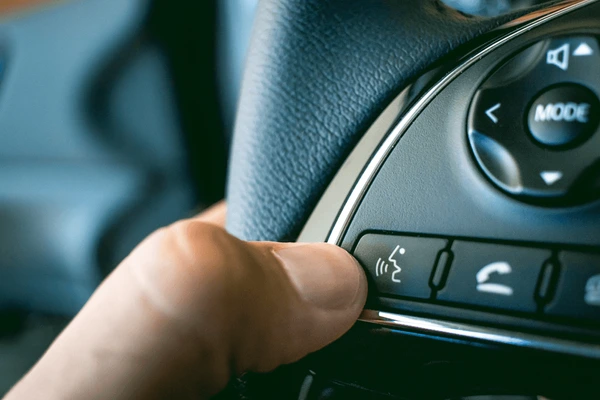
Voice command systems in cars were once hailed as the dawn of effortless interaction, but the reality has been far less glamorous. Manufacturers keep pushing these assistants as cutting-edge convenience, yet they remain clunky, unreliable, and rarely used. In theory, they promise hands-free control—adjusting the air conditioning, dialing contacts, or setting navigation with a simple phrase. In practice, they stumble over accents, misinterpret commands, or freeze altogether, leaving drivers frustrated and often reverting to manual controls.
The irony is striking. Instead of saving time, these systems frequently consume it, demanding repeated prompts and robotic enunciation. In bustling traffic or noisy conditions, they become almost unusable, reduced to little more than a gimmick tucked away in glossy brochures. For most owners, the voice assistant button gathers dust, a silent reminder of overpromised technology.
This is why many call it a Useless Car Feature—a flashy addition designed more to impress in showrooms than to serve on the road. True convenience should be seamless, intuitive, and trustworthy. Voice commands, as they stand today, deliver none of these qualities. Until they evolve beyond their current shortcomings, they remain a hollow accessory rather than a genuine advancement.
Gesture Control
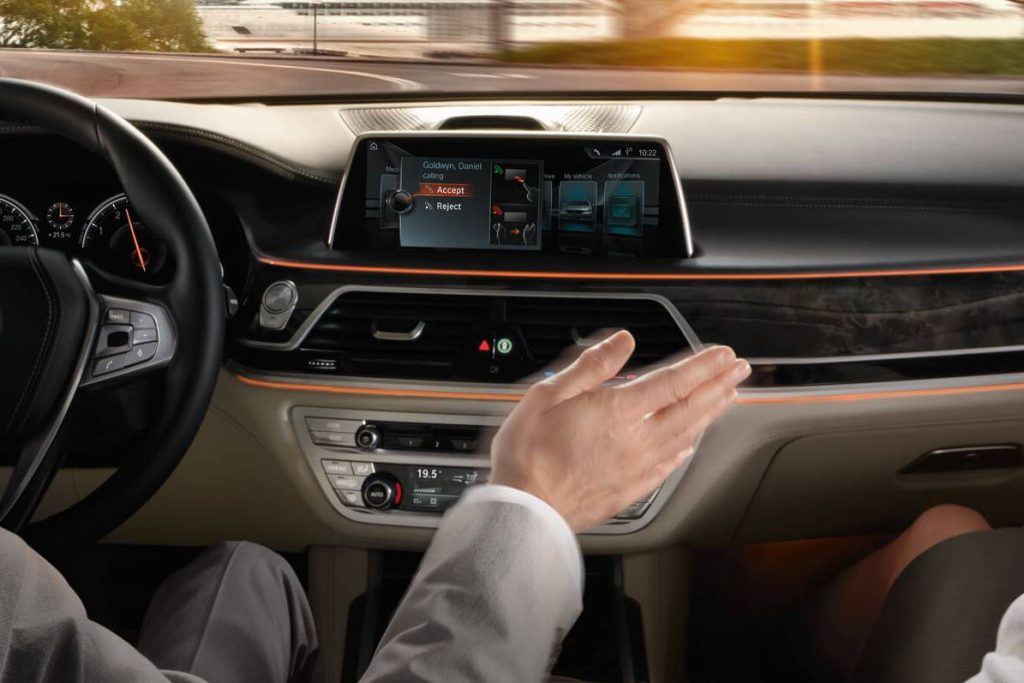
Gesture control in cars is often showcased as futuristic wizardry—wave your hand to change the song, twirl your finger to adjust the volume, or swipe mid-air to accept a call. On paper, it feels like stepping into a sci-fi film. On the road, however, it quickly unravels as little more than theater. Subtle movements are frequently misread, while unintentional gestures can trigger commands you never meant to give. A simple wave to greet a friend outside the window might suddenly skip your playlist or mute the audio altogether.
In environments where precision and speed matter, this system creates unnecessary friction. Physical buttons and steering wheel controls accomplish the same tasks with certainty, aided by muscle memory and tactile feedback. Gesture control, in contrast, often demands exaggerated movements, awkward pauses, and a dose of patience many drivers don’t have in heavy traffic.
The result is a feature that entertains for a week, then fades into obscurity—rarely used, frequently ignored. It becomes the textbook definition of a Useless Car Feature: costly, overengineered, and ultimately irrelevant to the daily driving experience. Instead of simplifying life behind the wheel, gesture control proves that not every futuristic flourish belongs in a practical automobile.
Auto Engine Stop
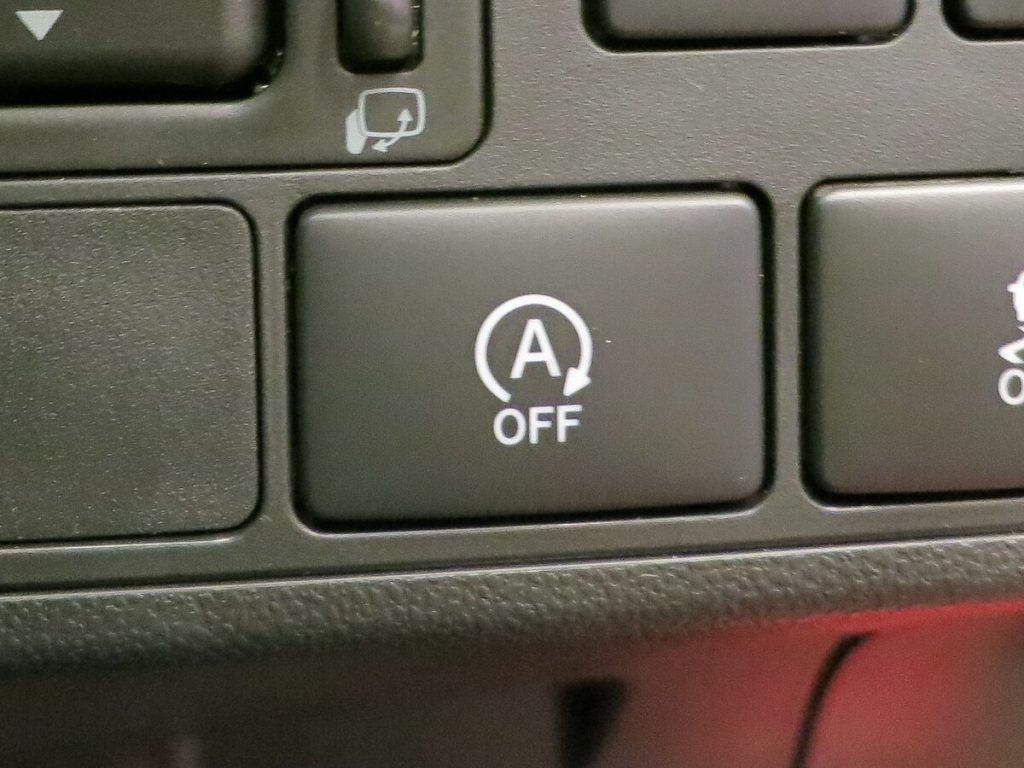
The auto engine stop system was introduced with promises of fuel efficiency and reduced emissions, but in practice, it often feels like an unnecessary complication. Each time the car halts at a traffic signal, the engine cuts off, only to restart when the accelerator or clutch is pressed. In theory, this saves precious drops of fuel. In reality, it interrupts the driving rhythm, creates mild vibrations, and sometimes even causes delays in quick getaways at crowded junctions.
In countries with unpredictable traffic flow, constant engine shut-offs can be more irritating than economical. The start-stop cycle puts extra strain on the battery and starter motor, raising long-term maintenance costs. Drivers frequently disable the system altogether, preferring the smooth consistency of a running engine over the marginal savings it claims to deliver. The supposed eco-friendly advantage is quickly overshadowed by the inconvenience of sluggish restarts and the nagging sense of mechanical wear.
For many, this technology has become a classic Useless Car Feature—a feature that sounds noble in brochures but falters on real roads. Instead of making driving more efficient, it often makes it more frustrating, reminding us that not every innovation translates into meaningful value behind the wheel.
Seat Belt Warning without weight Sensor
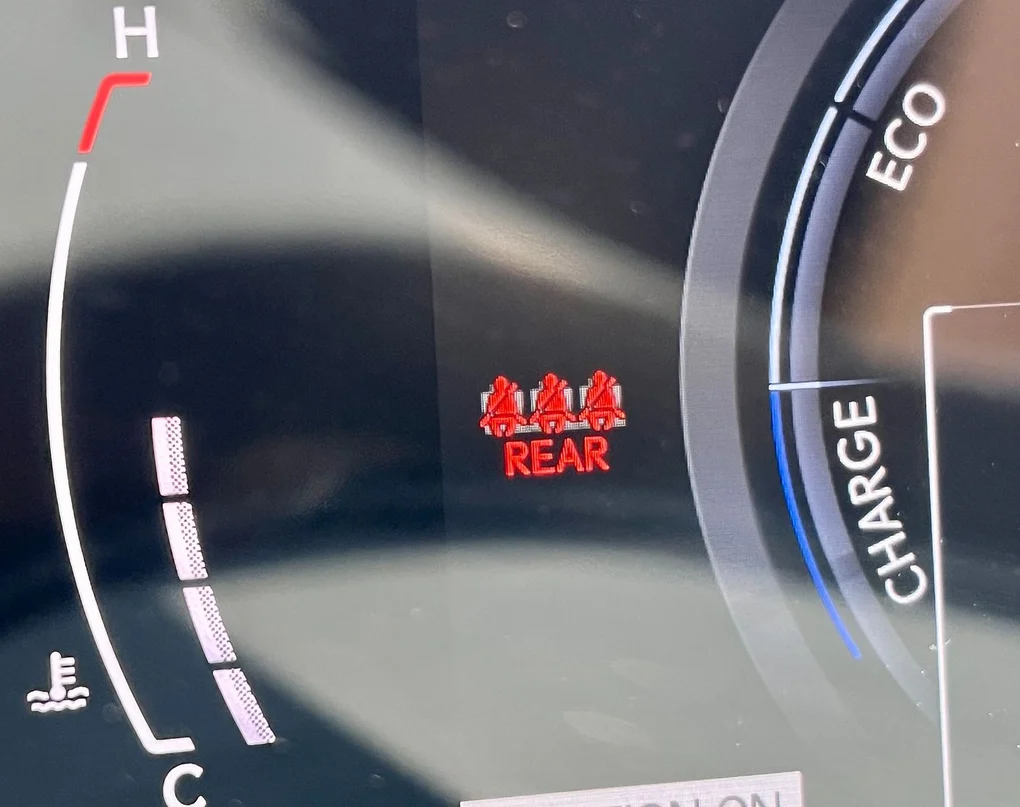
The seat belt warning is designed as a guardian of safety, yet without a weight sensor it often transforms into an annoyance rather than a safeguard. The system blares alarms the moment the ignition turns, regardless of whether a passenger is seated or not. Place a laptop bag, a grocery sack, or even a bottle of water on the front seat, and suddenly the car insists that your “passenger” needs to be buckled in. What should be a simple reminder becomes a source of irritation, leading drivers to either ignore the beeping or find makeshift ways to silence it.
This lack of intelligence undermines the very purpose of the feature. Instead of encouraging proper seat belt use, it conditions drivers to dismiss alerts altogether, eroding the habit of paying attention to genuine warnings. A system meant to enhance safety ironically ends up breeding complacency. Worse still, manufacturers often use it as a selling point, showcasing their “safety-first” credentials, while overlooking the inconvenience it imposes daily.
In such cases, the seat belt warning without a weight sensor is nothing more than a Useless Car Feature—well-intentioned in spirit, but poorly executed in design, turning practicality into persistent irritation.
Flush Door
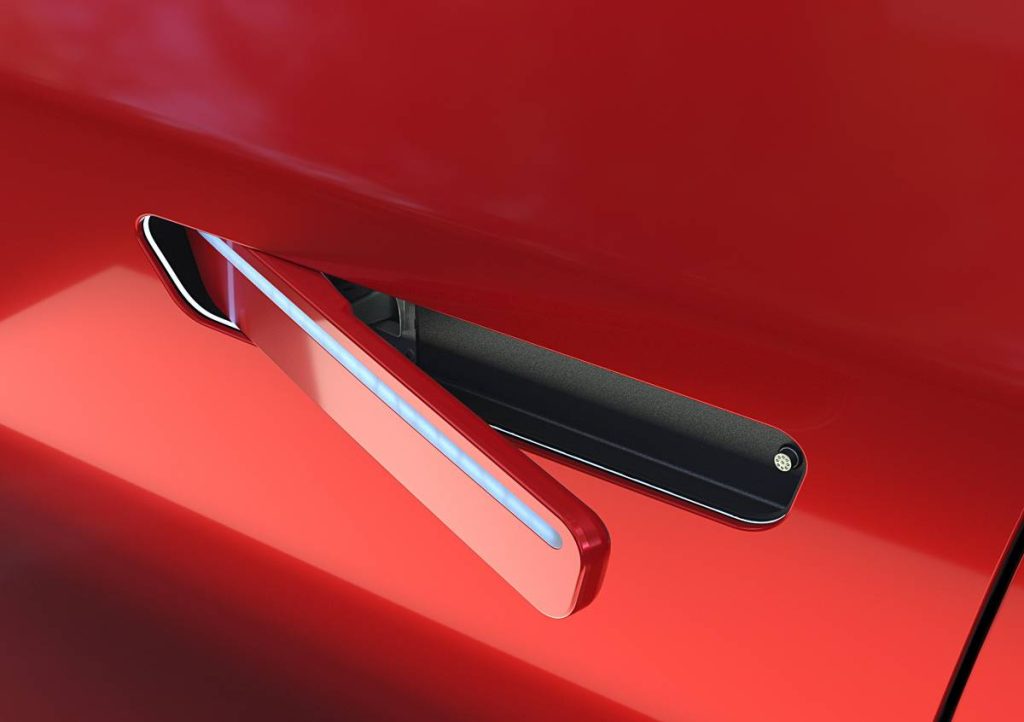
Flush door handles are often paraded as the epitome of modern automotive design—sleek, aerodynamic, and undeniably stylish. They sit neatly against the bodywork, giving the car a seamless profile that photographs beautifully in glossy brochures. Yet when it comes to real-world usability, the glamour begins to fade. In the sweltering heat of summer or the pouring rain, fumbling to get a grip on retractable handles can be frustrating, especially when hands are wet, sweaty, or carrying bags.
What’s marketed as a symbol of futuristic elegance quickly exposes its flaws in day-to-day life. Electronic mechanisms may fail, particularly in extreme weather conditions, leaving drivers awkwardly stranded. Even when functioning perfectly, the simple task of opening a door becomes more complicated than it ever needed to be. Traditional handles, with their intuitive design and mechanical reliability, outperform these “innovations” in every practical sense.
For many, flush door handles represent a quintessential Useless Car Feature—a design flourish that values aesthetics over convenience. They may shave off a fraction of aerodynamic drag, but they add layers of inconvenience and potential repair costs. Beauty, after all, should never come at the expense of basic functionality.
All Black Interior
An all-black interior is often marketed as premium, sophisticated, and timeless. Step inside, and at first, the dark tones may evoke elegance. But spend a little more time under the relentless sun, and the flaws become glaring. Black surfaces absorb heat mercilessly, turning cabins into furnaces during summer months. Seats scorch, steering wheels sting to the touch, and every drive begins with a battle against trapped heat.
Beyond discomfort, the monotony of an all-black cabin strips away visual variety. It makes even spacious interiors feel smaller, claustrophobic, and devoid of character. Dust, lint, and scratches show up with cruel clarity, demanding constant cleaning to maintain that showroom finish. Instead of enhancing comfort, the design imposes burdens—practical and psychological.
Manufacturers tout it as a symbol of class, but in climates where sunlight is harsh, the all-black interior often reveals itself as a Useless Car Feature. It prioritizes aesthetics over livability, style over sense. True luxury lies in thoughtful design—lighter shades that reflect heat, contrasting textures that invite the eye, and materials that remain comfortable regardless of weather. The obsession with black-on-black interiors is proof that not every “premium” choice serves the people who actually live with it.
Wireless Charging
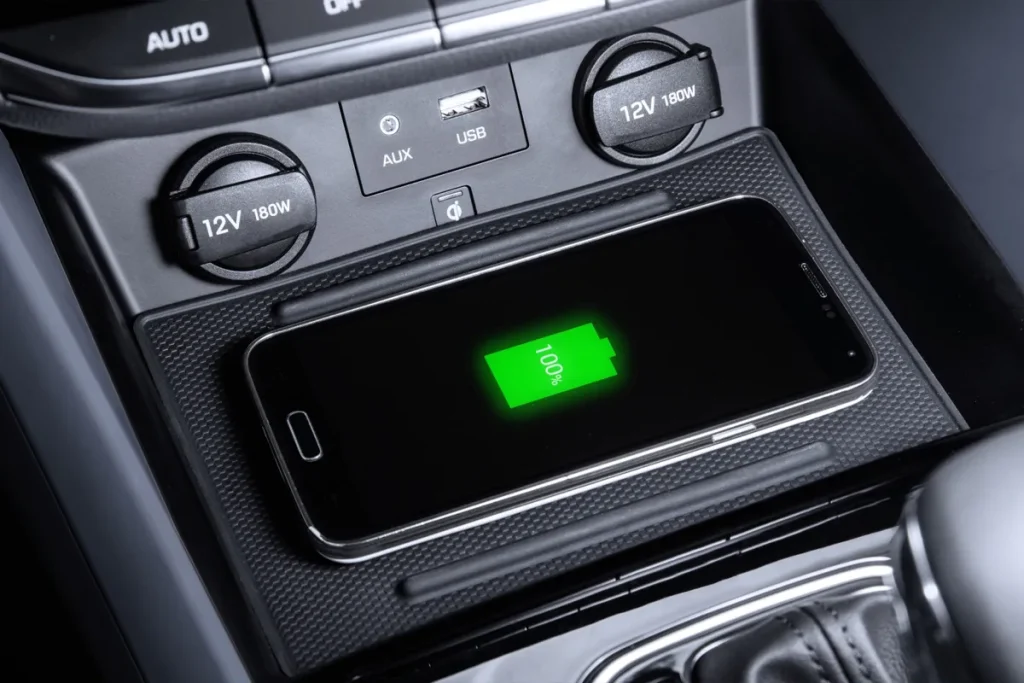
Wireless charging in cars arrives with the promise of seamless convenience—just place your phone on the pad and let the battery replenish. Yet, in practice, this so-called innovation falters more often than it delivers. The charging speed is painfully sluggish compared to a simple wired connection, barely keeping up with the energy demands of navigation apps, music streaming, and background processes. After a long drive, many find their phone has gained only a few percentage points, if any at all.
Worse still, the charging pad often doubles as a miniature oven. Prolonged use generates heat, which not only slows charging further but also degrades the phone’s battery health over time. A slight bump in the road or a sharp corner can shift the device just enough to break the connection, leaving the driver unaware that their phone has been idling without power.
What was intended as futuristic convenience becomes yet another Useless Car Feature—a novelty that fails to outperform the humble charging cable. Instead of simplifying life on the road, it adds frustration, inefficiency, and risk. Sometimes, the oldest solutions remain the most reliable, and wireless charging proves that not all modern flourishes are worth the hype.
Aerodynamic Alloy Wheel
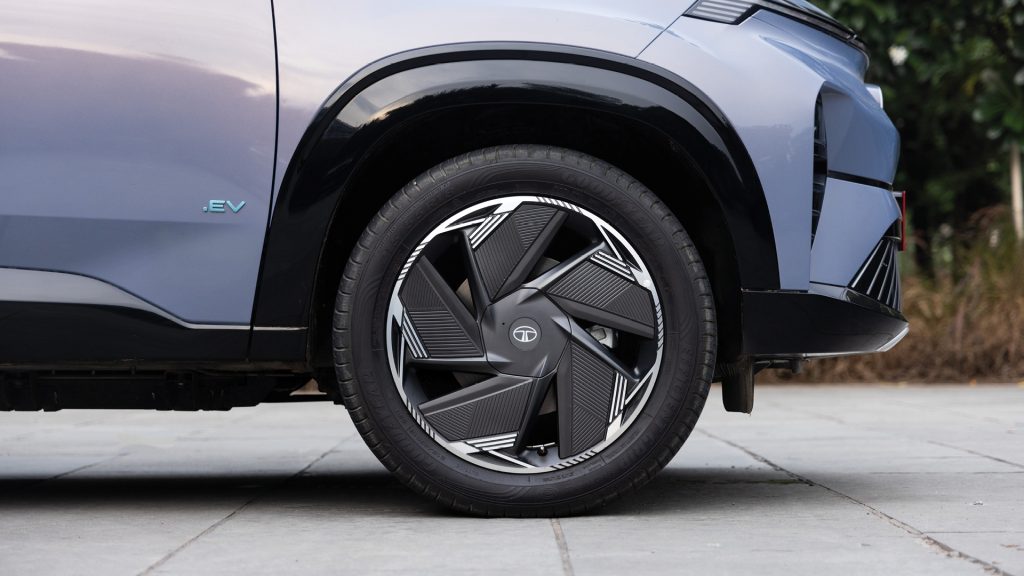
Alloy wheels have long been a symbol of refinement, offering both style and performance. They are meant to stand out—sleek designs, polished finishes, and a sense of premium craftsmanship. Yet, an odd trend has emerged: alloys that barely look like alloys. With dull designs mimicking ordinary steel rims, they rob the car of the very flair they were meant to add. From a distance, many of these wheels appear indistinguishable from basic hubcaps, leaving owners wondering why they paid extra in the first place.
The disappointment deepens when you realize that, despite the premium price tag, these bland alloys do little to elevate the car’s aesthetics. They lack the sharp contours, the brushed metal accents, and the distinctive character that true alloys bring. It’s a missed opportunity—an accessory reduced to mediocrity, offering none of the visual drama buyers expect.
This is why such designs often fall under the banner of a Useless Car Feature. They neither enhance performance noticeably nor satisfy the desire for style. Instead, they feel like a compromise—an expensive upgrade that conceals its value behind uninspired design. Alloys should be a statement, not an afterthought lost in anonymity.
Fake Vents and Hood Scoop
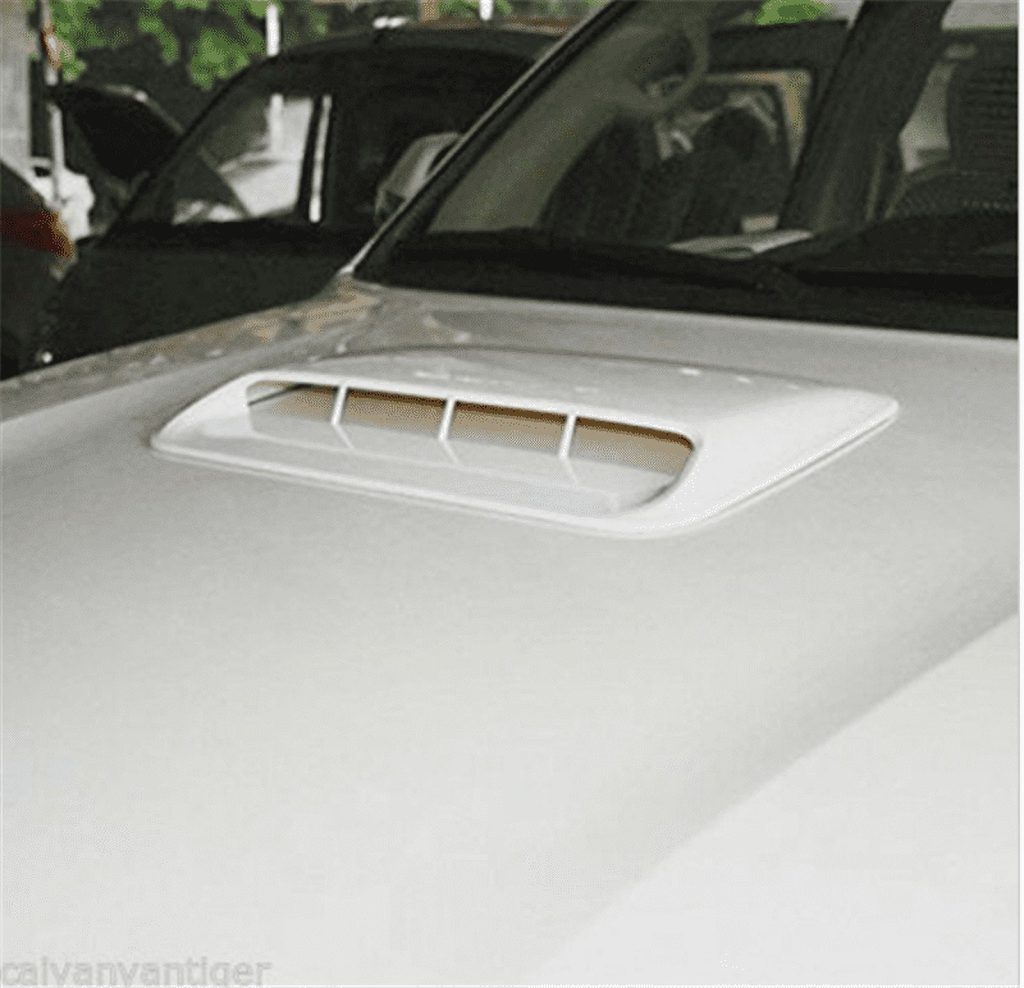
Few things in automotive design feel as disingenuous as fake vents and hood scoops. Once upon a time, these elements had purpose—channeling cool air into the engine bay, aiding aerodynamics, or venting excess heat. Today, many manufacturers bolt on plastic imitations that do nothing beyond pretending to be functional. They sit on bonnets and bumpers like cheap theater props, promising performance but delivering nothing but cosmetic clutter.
At first glance, they may trick the untrained eye into believing the car hides extra muscle beneath the hood. But for anyone who knows, the illusion quickly collapses. The vents are sealed, the scoops lead nowhere, and the entire design exercise feels hollow. Worse still, they often collect dust and grime, adding to maintenance woes without giving back an ounce of utility.
This is why fake vents and hood scoops so often earn the label of a Useless Car Feature. They inflate expectations while offering no mechanical or practical benefit. Instead of adding genuine character, they undermine authenticity. A car doesn’t need false aggression to stand tall—real design speaks through integrity, not plastic facades masquerading as performance engineering.
Paddle Shifters on Non-Performance Cars
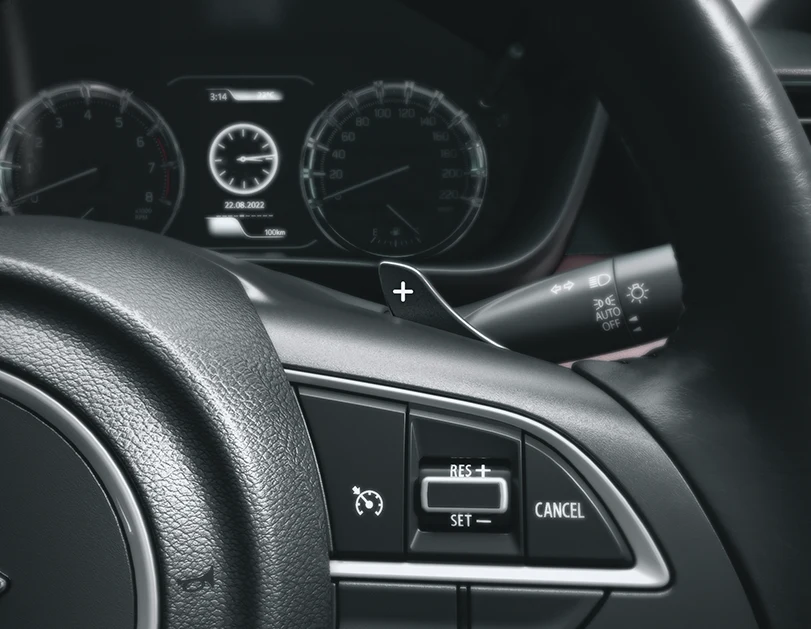
Paddle shifters, when paired with a high-performance machine, can be exhilarating—offering instant control and a taste of motorsport precision. But in a low-performance car, they often feel like a misplaced gimmick. The idea of “manually” flicking through gears loses its charm when the gearbox is sluggish and the engine lacks the power to deliver any real thrill. What should feel dynamic instead becomes underwhelming, a cosmetic nod to sportiness without the substance to back it up.
In everyday traffic, these plastic appendages behind the steering wheel are rarely touched. The automatic transmission does its job just fine, leaving the paddles to gather dust as ornamental relics. When used, the delay between input and response is often so pronounced that it defeats the very point of manual control. Drivers expecting precision are left disappointed, realizing the feature is more theater than tool.
This is why paddle shifters in such vehicles are often dismissed as a Useless Car Feature. They add complexity, marketing gloss, and cost, but contribute little to the driving experience. Performance-inspired accessories belong in cars that can genuinely exploit them—not in machines where enthusiasm is smothered by mechanical indifference.
Indicator Stalk on the Wrong Side
In India, where right-hand-drive cars dominate the roads, muscle memory plays a crucial role in safe and confident driving. Yet some European manufacturers, in a bid to save costs, simply import models without adjusting the placement of indicator and wiper stalks. The result is chaos. Drivers instinctively reach for the indicator, only to activate the wipers instead. At busy intersections or while overtaking, this momentary fumble can be more than just irritating—it can be hazardous.
What might seem like a small inconvenience quickly becomes a daily frustration. Every wrong signal, every unintended swipe of the wiper, chips away at the driving experience. Instead of blending seamlessly into routine, these controls constantly remind drivers of poor localization choices. A component as fundamental as an indicator should never force drivers to “relearn” instincts honed over years behind the wheel.
This careless compromise turns practicality into nuisance, making the misplaced stalk a classic Useless Car Feature. It offers no advantage, only cost-cutting disguised as design. In a country where traffic conditions demand razor-sharp reflexes, manufacturers owe drivers better than such shortcuts. Convenience and safety should always outweigh penny-pinching uniformity.
Puddle Lamps
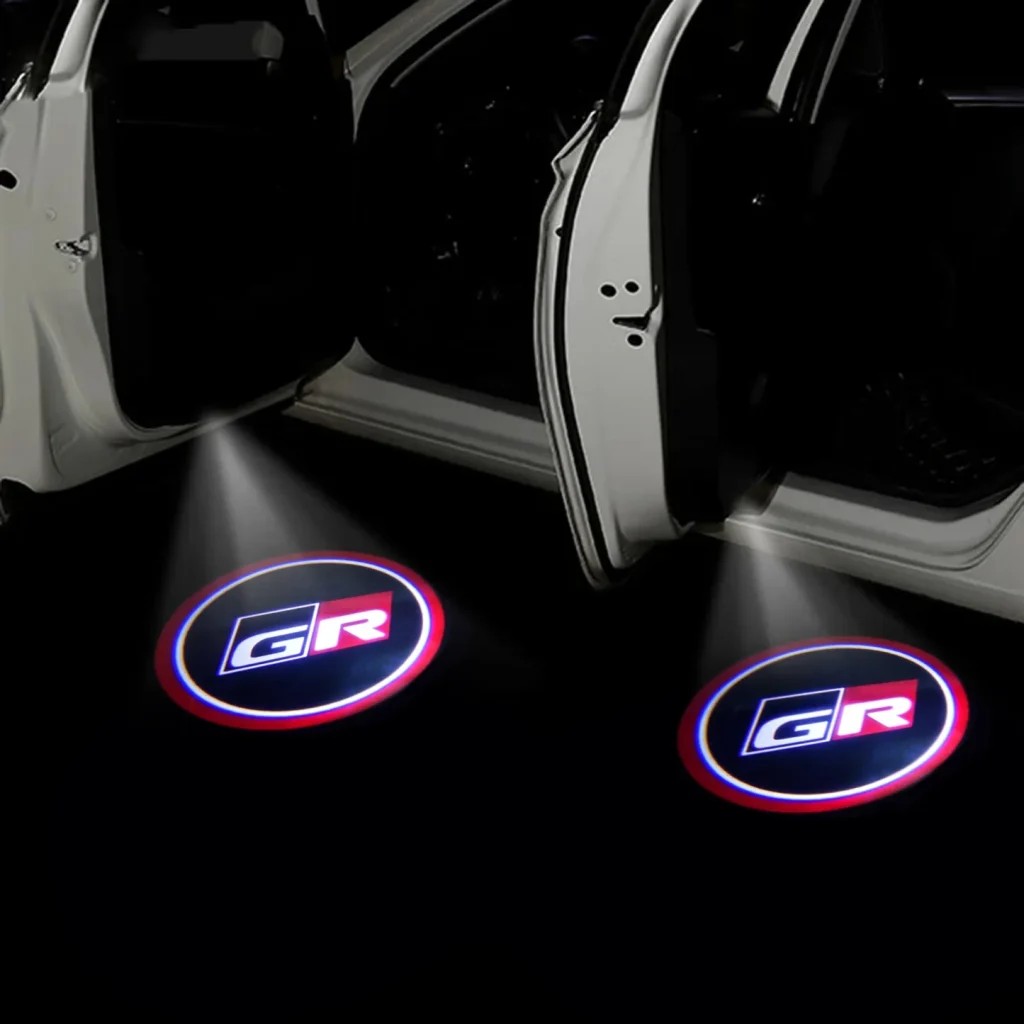
Puddle lamps were originally intended to serve a practical role—illuminating the ground as you step out of your car at night, helping you avoid mud, puddles, or uneven surfaces. But the modern twist of projecting a brand logo onto the pavement strips away that utility and replaces it with pure gimmickry. Instead of casting useful light, these lamps become miniature billboards, reminding you—and everyone else—of the manufacturer’s emblem.
In real-world use, they add little to safety or convenience. The logo projection is often dim, barely lighting the area around the door. Worse still, in well-lit parking lots or urban streets, the effect is invisible altogether, rendering the feature pointless. It’s a flourish designed more for showroom theatrics than for genuine day-to-day relevance.
For drivers, the novelty wears off quickly, leaving behind yet another Useless Car Feature that contributes neither function nor value. While marketed as luxury, it is nothing more than ornamental indulgence. True innovation should simplify or enhance driving, not distract with glowing insignias. The puddle lamp with a brand logo is proof that sometimes, automakers confuse vanity with vision.
Heated Seats
Heated seats are often portrayed as the pinnacle of comfort, a touch of luxury borrowed from colder regions where icy mornings make them indispensable. In India, however, the story is entirely different. With much of the country sweltering in tropical and semi-tropical climates, the idea of warming a seat before a drive borders on absurd. Most drivers are already battling the challenge of cooling the cabin, not adding another layer of heat to an already oppressive environment.
The feature is common in imported models, bundled into premium trims without any adaptation to local needs. Instead of offering relief, heated seats often lie dormant, never toggled on except by accident. In fact, the very thought of switching one on in a Delhi summer or a Chennai afternoon is enough to make drivers shudder—not from cold, but from irony. What’s marketed as comfort becomes an irrelevant accessory, clogging up the list of “premium” offerings without adding any genuine value.
In this context, the heated seat is the epitome of a Useless Car Feature. It caters to climates far removed from India’s reality, serving as a reminder that true luxury lies in relevance and practicality, not in blindly imported indulgence.
Fake Exhaust Tips
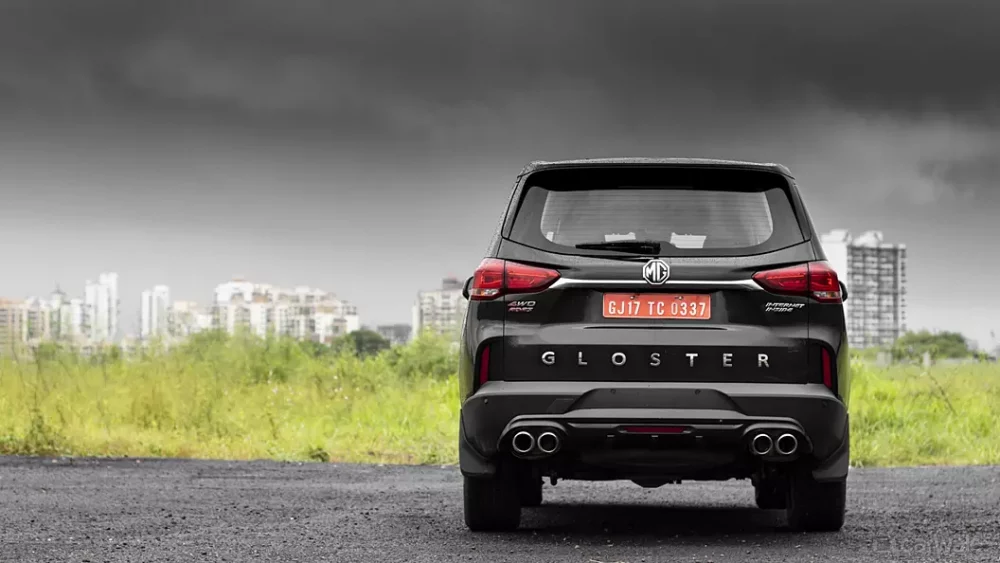
Fake exhaust tips are perhaps one of the most blatant examples of form without function in modern automotive design. Cars like the MG Gloster and Hyundai Verna proudly flaunt dual exhaust outlets on their bumpers, yet a closer look reveals only one functional pipe tucked away, often smaller and less imposing than the façade suggests. The second “exhaust” is nothing more than a hollow decoration—a piece of chrome-dipped plastic or capped metal meant purely for show.
This illusion may fool the casual observer, but for discerning drivers, it feels like a betrayal. The promise of power and performance is replaced with a cheap visual trick, undermining the authenticity of the car itself. Worse, these faux outlets serve no purpose beyond aesthetics; they don’t enhance performance, reduce emissions, or even improve acoustics. They exist solely to create an impression that the machine is more muscular than it truly is.
Such design deceit inevitably lands fake exhaust tips in the category of a Useless Car Feature. Instead of celebrating genuine engineering, they reduce cars to costume pieces. True automotive character lies in honesty—if there’s only one exhaust, let it be seen with pride rather than hidden behind a pretentious façade.
Push Button Start
Push button start systems are often touted as modern marvels, symbols of sophistication that replace the humble key. At first glance, the idea seems convenient—step inside, press a button, and the engine roars to life. Yet, the supposed luxury quickly reveals its flaws. The traditional key, simple and reliable, offered tactile assurance. With push buttons, you’re suddenly dependent on a key fob that can fail, run out of battery, or simply get misplaced.
In crowded parking lots, the absence of a physical key slot often leads to unnecessary confusion. Owners fumble with unresponsive sensors or face the frustration of a system refusing to recognize the fob. What once was a straightforward action—turning a key—has now become a dance with electronics that adds little value to daily driving. Security is another concern; relay attacks and signal amplifiers have made keyless systems notoriously vulnerable to theft.
This is why many drivers consider push button start a Useless Car Feature. It delivers style over substance, technology over trust. The convenience it claims to provide is often overshadowed by practicality it strips away. Sometimes, the simplest solutions remain the most effective, and the old-fashioned key proves exactly that.
Conclusion
In the ever-evolving world of automobiles, not every innovation adds value. Some features dazzle in brochures but falter in real life, offering spectacle without substance. From impractical gimmicks to cost-cutting compromises, these additions often burden drivers more than they benefit them. True progress lies not in piling on technology for its own sake, but in crafting solutions that genuinely enhance safety, comfort, and efficiency. Cars should inspire confidence, not confusion. In the end, the measure of good design is simple—functionality that serves people, not theatrics that merely serve appearances.




